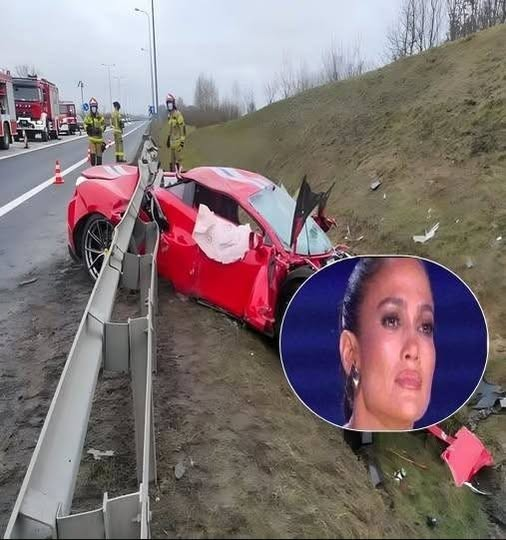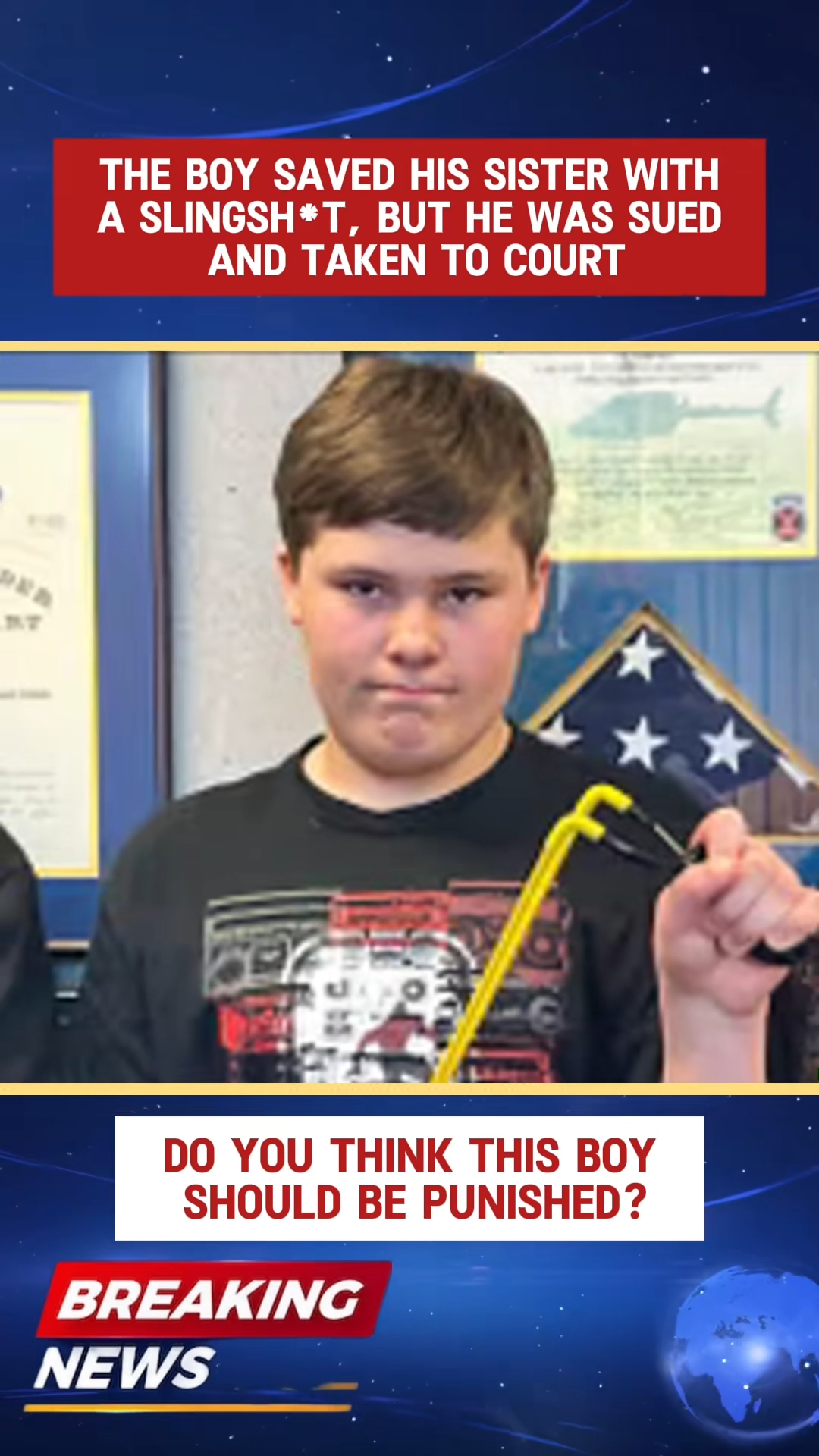A Stunning Clash Unmasks Hidden Disputes Over January 6 Security Failures
A dramatic showdown has surfaced between two central figures from the January 6 Capitol riot, shedding fresh light on the decisions that left the U.S. Capitol exposed—and igniting renewed debate over accountability, leadership, and political narrative control.
The Spark: Pelosi vs. Trump’s New D.C. Policing Move
It began when former Speaker Nancy Pelosi publicly attacked a sweeping federal overhaul of law enforcement in Washington D.C.—a move by Trump that gives the federal government direct control over the Metropolitan Police Department and activates the D.C. National Guard for patrols. Pelosi contended the action echoed Trump’s alleged delay in deploying the Guard on January 6.
“Donald Trump delayed deploying the National Guard on January 6th when our Capitol was under violent attack and lives were at stake,” she declared.
“Now, he’s activating the D.C. Guard to distract from his bungled handling of tariffs, healthcare, education, and immigration.”
By invoking January 6, Pelosi attempted to cast Trump’s current security efforts as a cover for mismanagement—but the move backfired when one of the most knowledgeable security officials from that day responded with a blistering rebuttal.
Sund’s Counterattack: A Credible Insider Speaks
Former U.S. Capitol Police Chief Steven Sund wasted no time. In a direct, pointed statement, he tore apart Pelosi’s version of history with a detailed, line-by-line challenge.
“Ma’am, it is long past time to be honest with the American people,” Sund began, establishing moral authority from the outset.
He then laid out a timeline of prior requests for reinforcement, bureaucratic blockades, and key decisions he says originated in Pelosi’s chain of command.
Key Allegations by Sund
- Pre‑Riot Guard Request (January 3): Sund says he formally requested National Guard deployment days in advance, but was denied by Pelosi’s House Sergeant at Arms.
- Pentagon Offer Declined: On that same day, he claims a Pentagon official (Carol Corbin) offered support—which he could not accept for lack of legal authorization.
- Denied During the Riot: As violence engulfed the Capitol, Sund asserts he made repeated urgent calls—but was stalled for over 70 minutes while requests were “run up the chain” to Pelosi’s approval.
- Post‑Riot Security Hypocrisy: He accuses Pelosi of having no problem ordering extensive fencing, wire, and thousands of Guard troops after the fact—when political optics could benefit her.
Legal, Procedural, and Political Complexity
Sund’s version of events underscores how military deployment and Capitol security are constrained by strict legal and procedural frameworks. The law he references—2 U.S.C. § 1970—requires specific approval before the Guard may be used for Capitol security.
By framing his critique in legal terms, Sund argues the responsibility for delay does not fall solely on security or intelligence agencies—but squarely on the leadership that held the power to override or authorize those requests.
He also ties in the role of Pentagon reluctance, noting that high-level military officials hesitated to deploy forces on the Capitol, citing “optics” concerns—a recurring theme in his criticism.
Implications, Reactions, and the Narrative Battle
The clash between Pelosi and Sund isn’t just a flashpoint between partisan camps—it has deeper consequences:
- It reframes January 6 not solely as a failure of Trump-era decision-making but as a moment when congressional leadership may have impeded security efforts.
- If Sund’s account is taken seriously, public perception of culpability could shift, exposing new lines of political accountability.
- Pelosi’s critics will seize this as validation of arguments that her office exercised undue influence over security protocols, while defenders will view it as another layer of blame-shifting from those responsible for executing security.
Pelosi’s camp has pushed back, insisting that she did not block resources and that security decisions lay with experts, not the Speaker’s office.
At its core, this confrontation underscores one thing: the story of January 6 is still being contested—and every revelation, every rebuttal, reopens the question of who truly bears responsibility for that day’s failures.



